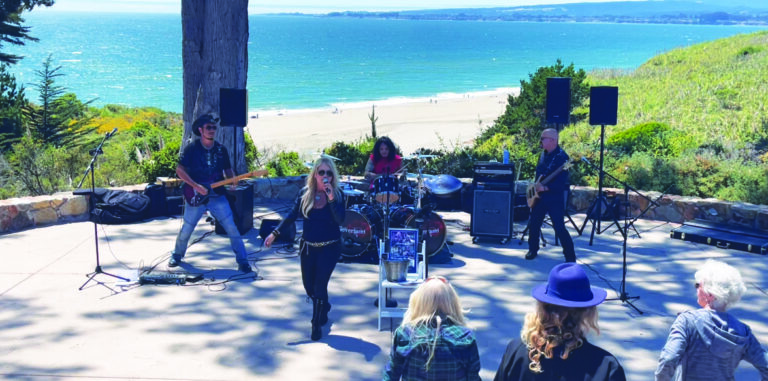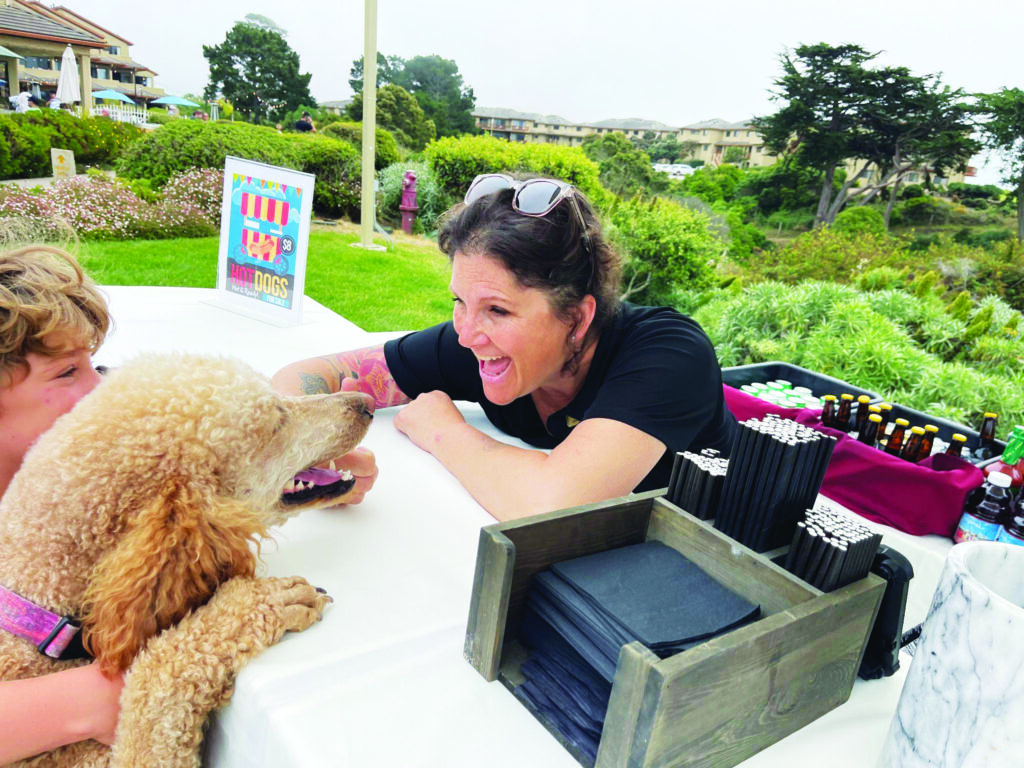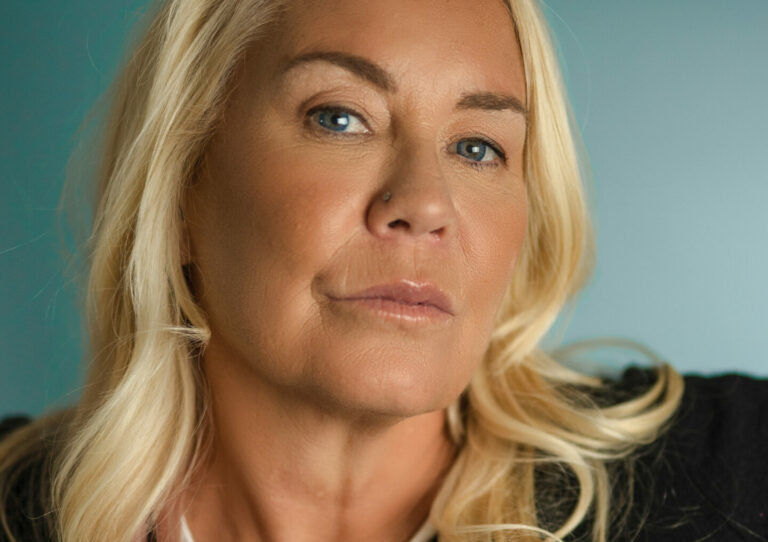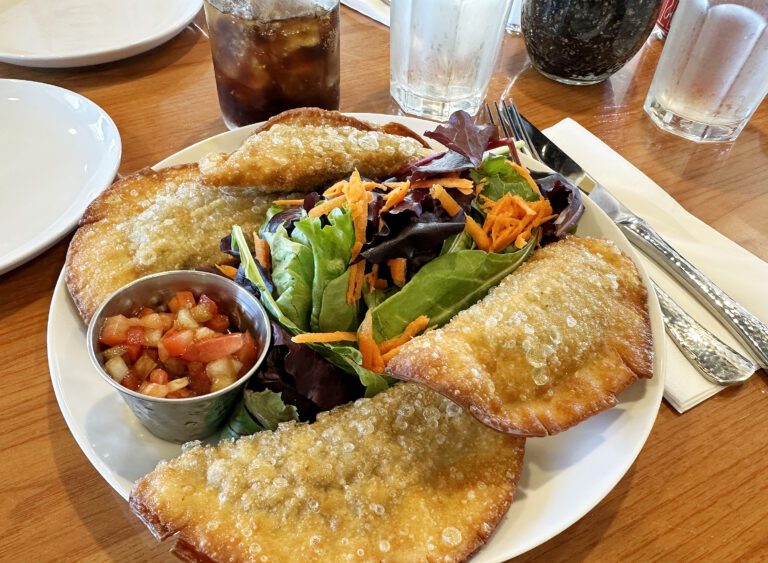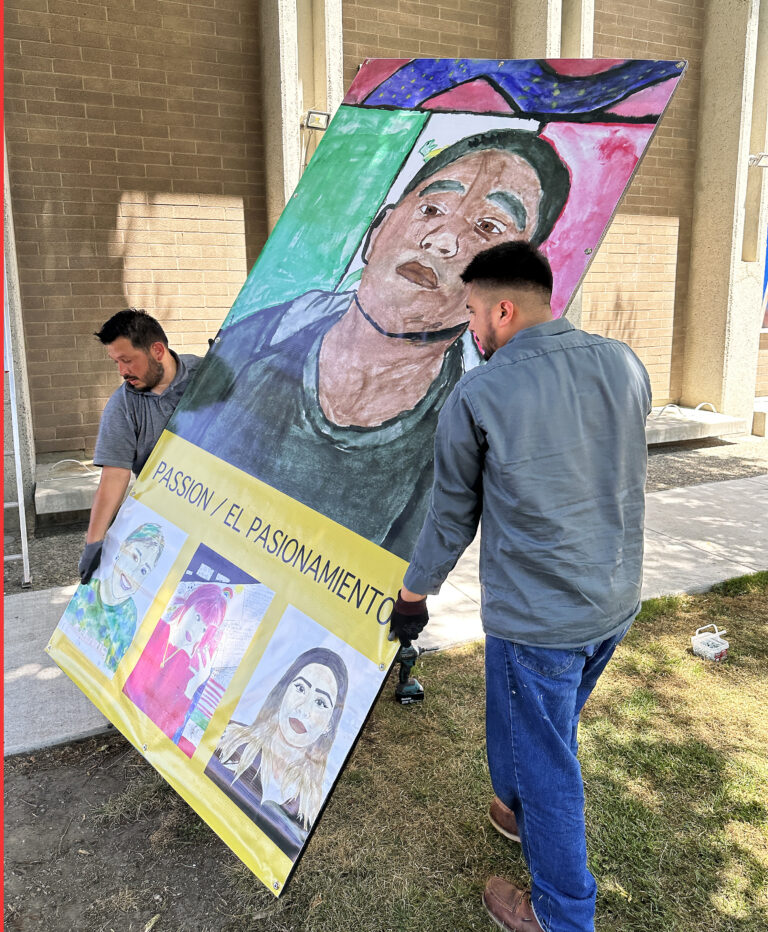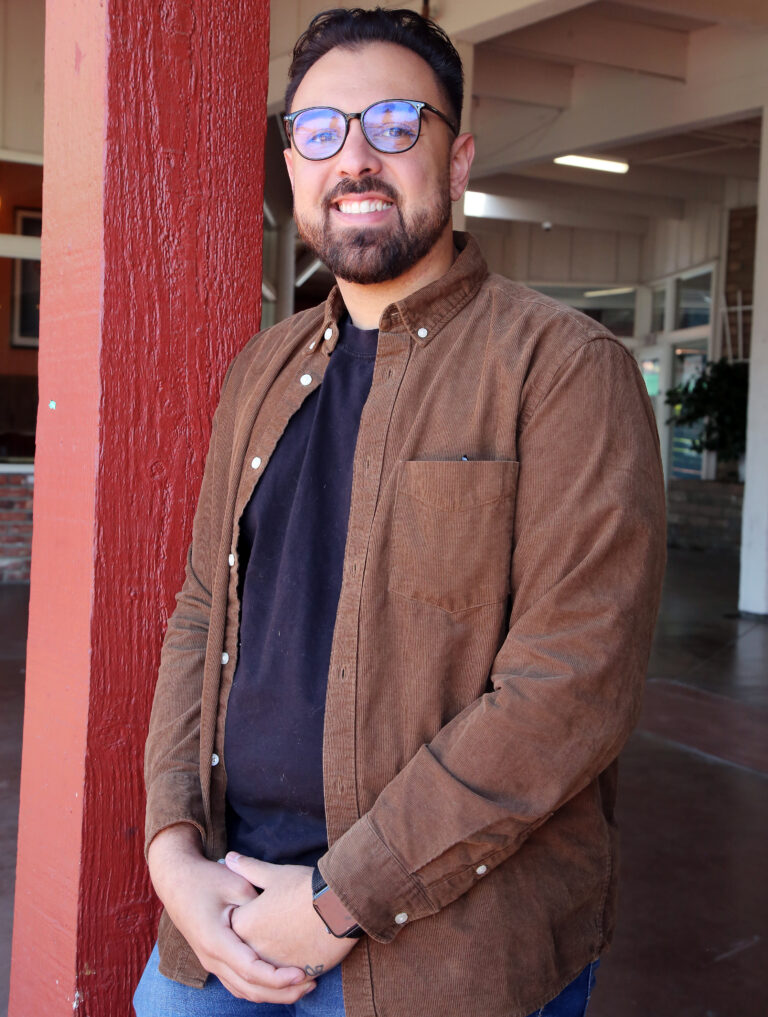Santa Cruz author’s new memoir arrives at Bookshop Santa Cruz
Disclaimer: I know Lara Love Hardin.
La Selva Beach resident Lara Love Hardin is having her autobiographical book release of The Many Lives of Mama Love at Bookshop Santa Cruz Aug.1. The hometown release is auspicious. Her novel’s journey, paralleling her life, takes place in Santa Cruz. Like a scene straight out of Central Casting, the Bookshop audience will be filled with actual characters from her brilliant heartfelt first memoir.
Second is that Hardin, along with previous Santa Cruz Mayor Cynthia Chase, have started a non-profit called The Gemma Project that helps incarcerated women get the support and guidance they need. Chase will also be Hardin’s conversation partner at this must-see book release party.
The original Gemma program is the organization that Hardin joined while she was in jail for fraud and opiates. When you finally get to read The Many Lives of Mama Love, you’ll realize Hardin’s takeaway from the portion of her life that was disreputable, was to help others who find themselves entangled in America’s prison system.
Spoiler Alert: I’m going to talk about the book.
Not since The Lost Boys has a work of art referenced Santa Cruz as heavily as The Many Lives of Mama Love. Our little beachside town is the backdrop, the shimmering screen, that’s behind every wrong turn Hardin takes. And she takes a lot of them. It’s a heavy story. You might think that a tale of a woman who finds herself in the pits of opiate addiction and then has the pivot of the century, facilitating best-sellers with people like The Dalai Lama, Archbishop Desmond Tutu, Jane Goodall and many others, is a whimsical tale. It is not.
Trigger Warning: It gets sad (but then it gets happy).
While I was reading the advance copy of Mama Love in my front yard, I was texting Hardin and giving her my impressions on the fly. It was fun until I realized I had tears running down my cheeks. For those of us who have dealt with siblings, parents and others who got caught in the death grip of opiates, Hardin’s story rings depressingly familiar.
Hardin’s hold-nothing-back account of her life is a testimony to how fragile our existence on this planet is. Hardin is a survivor.
She turned to crime to support her addiction. From getting a Master’s in Creative Writing and attending bourgeois garden parties, to picking the pockets and stealing the identities of the attendees, Hardin’s descent is subtle at first, then a downward rocket ship. Who would suspect a straight laced Californian looking soccer mom of ripping everyone off? And in some ways, this ability to be a chameleon is Hardin’s superpower. She can be many things to many people. It was in jail that she became Mama Love. It was out of jail she became a powerful literary agent and New York Times bestselling author.
Q & A
Are you looking forward to traveling around and talking about yourself?
I’ve been doing a lot of podcasts and interviews, but everything gets released on August 1, which is our launch week. After the Bookshop Santa Cruz release I fly to New York City the next morning for a talk at The Strand Bookstore. Then I go to Boston at Harvard Bookstore, then D.C. The schedule is still being filled in, but August 22 I’m in LA.
Are you nervous about seeing some people at The Bookshop event who want to talk with you?
I’m open to having conversations about just about anything. But it’s like one of the things I say in the book which is, do we let people pay for their crimes? If you met all your requirements, legally, are you forgiven? If you do your sentence, you pay your restitution, complete probation, are you done? Am I done? If there’s more to do, I’ll do it, but there is a point where internally, I’m done. I lost a lot of years living in fear and shame and running from imaginary mobs.
Do you still deal with shame?
It’s weird when I think I’ve done all this work in healing and then the fear and shame pop up out of nowhere. I just signed an author to my agency and she said she wanted to read my book. I gave her an advance copy of Mama Love. Two days later I get an email from her and the email is super-positive. She said she loved the book and the exploration of identity. And she closed with it’s an honor to work with you. But when I read the email, all I could think was that she doesn’t want me to be her agent now that she knows about me. A shame thought, no basis in reality, the exact opposite of what I’m reading in front of my eyes. The big difference now is I can notice that and think, “how interesting it is how the shame just pops back in so easily,” and I can let it go.
You went full Nine Perfect Strangers to prepare for writing your book.
I felt strongly that I needed to do Ayahuasca before I started writing the book. I didn’t have time for 30 years of therapy, I needed to hack it. Before I did it I got to speak to Gabor Maté, he’s the scientific advisor for the place I went to in Costa Rica. He’s an expert on addiction, has written a NYT bestseller and he’s an advisor there. He asked me what I was afraid of and I told him, number one, was that I was going to die. Two was that I was going to run off into the jungle all crazy and then die. I wanted to know how I reconcile being sober and going to the jungle to do a strong drug.
Did Gabor Maté set your mind at ease?
When I first met Gabor Maté, he asked me when I was taking opiates, what was I looking for? I said it made me feel connected to people and gave me joy and a sense of belonging. He told me, that is what I am looking for.
Was it life changing?
I think it helped me write the book because I’m really embarrassed by my own emotions. And exploring the roots of that really helped.
In what ways did it help?
Ayahuasca opened up memories that I didn’t have before and gave me compassion for the people in my childhood. I’ve always told people that I’m fine to be alone, I prefer to be alone. I need my alone time. I’m an introvert. And then in the Ayahuasca I saw this pattern in my childhood where I learned early on, I was safer alone and I carried that into adulthood. And because I never challenged this early adopted pattern, I experienced profound loneliness in my life.
How did it inform the way you wrote your book?
I had to be totally honest and real and raw in the book or why bother writing it? I had to get out of my own way and out of my comfort zone.
What’s your hope when people read it?
My hope is that people will resonate with the book. At the same time, if I’m going to have a big microphone for a while I want to do some good with it. Cynthia Chase and I co-founded a non-profit called The Gemma Project (.org) and it’s going to provide reentry services, particularly for women who are mothers. 80% of the incarcerated women in prison are mothers. Women need support to navigate the illogical and almost impossible jail system so they don’t end up back there.
How did your children, who are all in the book, feel about it?
I let all my kids read it. My youngest, Kaden, who just graduated high school really wanted to read it. He’s not a big reader, but he took it in his room and I kept checking in on him asking what page he was on. Finally he locked me out of his room and said we would talk about it tomorrow. He read it in six hours and texted me at midnight and said there’s a big problem at the end of the book.
I nervously asked what it was and he said there’s a typo at the end. The next day we talked and he said that he didn’t know any of that about me, about my life. It’s brought us closer. He did tell me there were boring parts. All the parts he wasn’t in.
Get your copy of The Many Lives of Mama Love at Bookshop Santa Cruz on Tuesday, August 1at 7pm. 1520 Pacific Avenue, Santa Cruz



